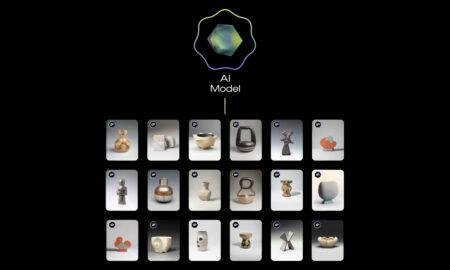Privacy-oriented cryptocurrency, Monero (XMR), has released a preliminary thread regarding its upcoming upgrade that requires users (“service, merchant, pool operator, or exchange”) to upgrade to a new version of the platform’s command line interface (CLI) v0.13.0.2 or graphical user interface (GUI) v0.13.0.3.
Reducing Transaction Data By 80%
The reddit post by user dEBRUYNE_1 has noted that the upgraded version of Monero will feature a new type of range proofs called BulletProofs. These are to be used instead of the current Borromean range proofs as BulletProofs are expected to reduce the size of transaction data by “approximately 80%.”
According to the Monero team, the reduced size of transactions will also help to reduce transaction processing fees. Somewhat similar to how Zcash implements its privacy features, the Monero network aims to use BulletProofs – which are zero-knowledge proofs (ZK-Snarks) that “allow a network to maintain a secure ledger of balances without disclosing parties or amount involved in transactions.”
“Further Preserving ASIC Resistance”, “Consensual” Upgrade
Other features expected to be included in Monero’s hard fork upgrade include a modification to its blockchain’s proof-of-work (PoW) based consensus mechanism. As explained in the preliminary thread, the PoW “tweak [will help] to curb any potential threat of ASICs and further preserve ASIC resistance.”
This means that Monero’s hard fork upgrade will reportedly prevent miners from using more powerful and specialized ASICs to gain an edge over other transaction validators. The scheduled and “consensual” network upgrade will also require that full-node operators update their mining software.
Additionally, the upgrade will increase the minimum ring signature size to 11 (mixin 10) – which will be “static / fixed.” As explained by Moneropedia, ring signatures “can be performed by any member of a group of users that each have keys … messages signed with [digital] ring signatures [are] endorsed by someone in a particular group of people … [it is] computationally infeasible to determine which of the group members’ keys was used to produce the signature.”
Pool Operators Must Use Ring Size 11 For Payouts
The mixin count is “the number of other signatures (aside from yours) in the ring signature that authorizes the transaction.” In this case, Monero’s upgrade will have a mixin of 10 which means that, as mentioned, the ring signature size will be 11 – so we cannot determine which of the five signers could have signed a particular transaction.
In order to make sure transactions are not rejected on Monero’s network after the upgrade, mining “pool operators need to ensure that payouts use a ring size of 11 (mixin 10).”
Unlike the Bitcoin (BTC) and Bitcoin Cash (BCH) hard fork split in August of 2017, there will be no new coin created. So, the XMR cryptocurrency will continue to be the only coin on Monero’s network after the hard fork – which is scheduled for “approximately” October 18th.









